In a world where distractions are constant, routines feel chaotic, and healthy choices don’t always come easily parents and educators are craving practical tools that make good behavior stick. That’s exactly where a healthy habits chart can make a life-changing difference.
If you're tired of nagging about brushing teeth, limiting screen time, or encouraging your child to drink more water you’re not alone. Thousands of parents and teachers are searching for effective, visual, and engaging tools to build consistency, responsibility, and healthy routines in children.
A healthy habit chart isn’t just a parenting hack it’s a science-backed approach to developing lifelong habits that shape confident, emotionally secure, and self-reliant individuals.
In this guide, we’ll walk you through everything you need to know about using a healthy habits chart, how to design or choose one, and how to make it work for different age groups—while also covering the most searched questions and real-life examples.
What Is a Healthy Habits Chart?
A healthy habits chart is a visual tool—often in the form of a checklist, calendar, or sticker chart—that helps children (and adults) build consistent daily habits related to health, hygiene, learning, and emotional well-being.
Purpose of a Healthy Habit Chart:
- Encourage positive behavior reinforcement
- Help kids track daily routines like brushing teeth, eating vegetables, and getting enough sleep
- Reduce parent-child conflict around daily expectations
-
Build self-discipline and a sense of achievement in children
It often uses fun visuals like stars, smiley faces, or magnets to make progress tracking exciting and rewarding.
Why Do Healthy Habit Charts Work?
Studies in child psychology and behavioral science show that habit formation is strongest when:
- Behaviors are clearly defined
- There is visual feedback (like a chart)
- There is positive reinforcement
-
The habit is repeated consistently in the same context
A chart of healthy habits taps into all of these making abstract expectations tangible and achievable for young minds.
Types of Healthy Habit Charts (With Real-World Examples)
Different families and classrooms use different types of charts depending on age, developmental needs, and goals. Here are some common and effective types:

1. Daily Healthy Habit Chart (Ages 3–7)
Perfect for toddlers and preschoolers who thrive on visuals. These include tasks like:
- Brush teeth morning & night
-
Drink 5 glasses of water
Eat vegetables - Make your bed
- Use the toilet independently
Example: A colorful magnetic chart with icons for each task and a reward system where kids earn a sticker or star for completing all tasks in a day.
2. Weekly Good Habits Chart in English (Ages 6–12)
This chart spans the week and is great for reinforcing longer-term routines like:
- Read for 15 minutes
- Do one mindfulness activity
- Go for a walk or outdoor play
- Help with one household chore
- Say something kind
Example: A printable weekly chart where children tick off each task day-by-day, then get a reward or privilege on the weekend if they complete the week.
3. Classroom Chart on Healthy Habits
Used by teachers to promote hygiene, cooperation, and responsibility. This includes:
- Wash hands after restroom
- Use tissue and cover sneezes
- Raise hands to speak
-
Share and play fairly
Example: A large group chart on the wall with names and habit checkboxes to build accountability and group motivation.
4. Family Wellness Chart
A great way for parents and kids to model and track health goals together. Includes:
- Family exercise activity
- No junk food day
- Hydration challenge
- Screen-free hour
- Early bedtime night
Example: A fridge chart with tasks for each family member and a goal to reach as a team by the end of the week.
Benefits of Using a Healthy Habit Chart
Before you brush this off as just another chore-tracking tool, here are tangible benefits backed by parenting experts and real testimonials:
Builds Positive Reinforcement
Instead of scolding for what wasn’t done, children get recognized for what was done. This rewires behavior through encouragement.
Reduces Power Struggles
The chart becomes the “authority” instead of the parent. Children respond better when they have ownership.
Increases Visual Accountability
Kids are visual learners. A chart keeps expectations front-and-center and makes abstract concepts like responsibility visible.
Creates a Sense of Achievement
Checking off a task, earning a sticker—it releases dopamine. That small win can fuel self-esteem and consistency.
How to Make a Healthy Habit Chart That Works
Whether you're buying a printable, designing your own, or ordering a dry-erase magnetic version, follow these proven steps:

1. Start Small
Pick 3–5 habits max in the beginning. Overloading leads to overwhelm.
2. Make It Visual
Use icons, stickers, or drawings instead of just text—especially for younger kids.
3. Set Clear Expectations
Define what “done” means. For example:
“Brush teeth” = morning + night for 2 minutes each.
4. Include Rewards
Use non-material like:
- Extra bedtime story
- Screen time token
- Choosing dinner for the night
5. Be Consistent
Review the chart at a fixed time daily (e.g., before bedtime). Consistency builds the habit loop.
Educational Value: A Bonus for Schools and Homeschoolers
A good habits chart in English is also an effective language-building tool. For ESL learners or early readers, it:
- Reinforces common daily vocabulary
- Builds sentence formation through repetition
-
Makes learning tangible and functional
It’s an excellent resource for integrating language development with life skills.
🔄 Healthy Habits Chart vs. Chore Charts: What's the Difference?
|
Feature |
Healthy Habits Chart |
Chore Chart |
|
Focus |
Personal wellness & routine |
Household tasks |
|
Age range |
Toddlers to adults |
Generally 5+ |
|
Examples |
Brushing, eating, sleeping well |
Cleaning, organizing, taking out trash |
|
Purpose |
Health, hygiene, mindset |
Responsibility, contribution |
|
Educational value |
High (especially with visuals & words) |
Moderate (mostly task-based) |
Where to Get the Best Healthy Habits Charts
Looking for quality, printable, or reusable healthy habit charts that are ready-to-use and engaging?
At 123 Publishing House, we offer:
- Printable Good Habits Charts in English for home and classrooms
- Laminated Magnetic Charts with customizable tasks
- Colorful Sticker Charts with reward systems
- Animal-Themed Healthy Habit Charts for preschoolers
- Digital Downloads for instant use across tablets or smartboards
All designs are rooted in child psychology, age-appropriate learning, and parent-approved usability.
FAQs: What People Are Asking
Q: What should be included in a healthy habits chart?
A good healthy habits chart should include age-appropriate tasks like:
- Brushing teeth
- Drinking water
- Eating fruits/veggies
- Exercise or outdoor play
- Bedtime routine
-
Positive social behavior (e.g., saying “thank you”)
Q: At what age can I start using a healthy habit chart?
You can begin as early as age 2–3, using pictures and simple one-word actions. Even toddlers can grasp concepts through routine reinforcement and visual aids.
Q: How long does it take to build a habit in children?
According to behavior experts, it takes 21–66 days for a habit to stick. Consistency, repetition, and positive reinforcement are key.
Q: Can healthy habit charts work for neurodivergent children?
Absolutely. In fact, children with ADHD, autism, or sensory needs often thrive on visual schedules and structured expectations. Just tailor the chart to their capacity and comfort.
Final Thoughts: Small Habits, Big Results
A well-designed healthy habits chart can truly transform your home or classroom. It’s not just about behavior it’s about building routines that nurture independence, responsibility, emotional health, and lifelong well-being.
Whether you're parenting a curious toddler, teaching a lively classroom, or trying to bring more structure into your own life start with the habits that matter most. Visualize them, track them, celebrate them and watch the transformation unfold
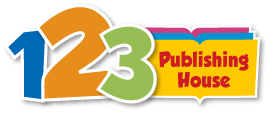

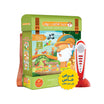
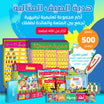
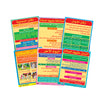
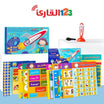
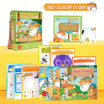

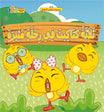
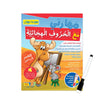
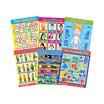
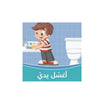
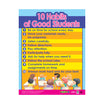
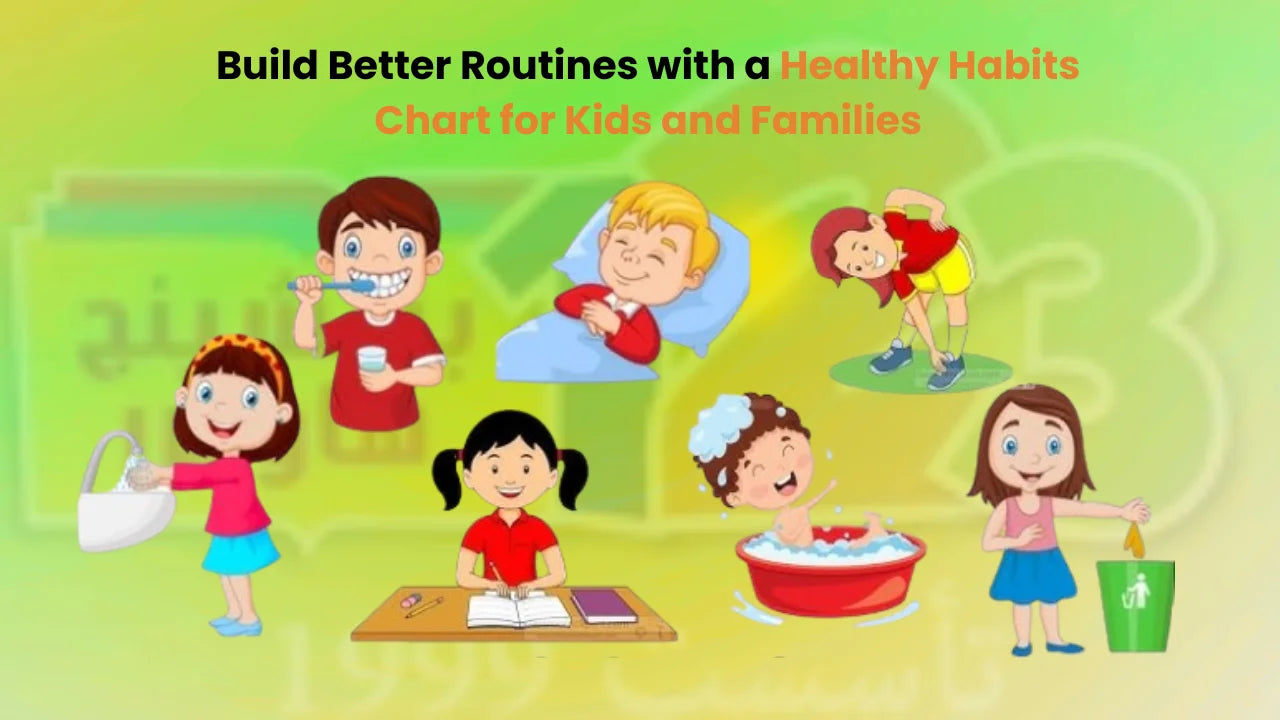
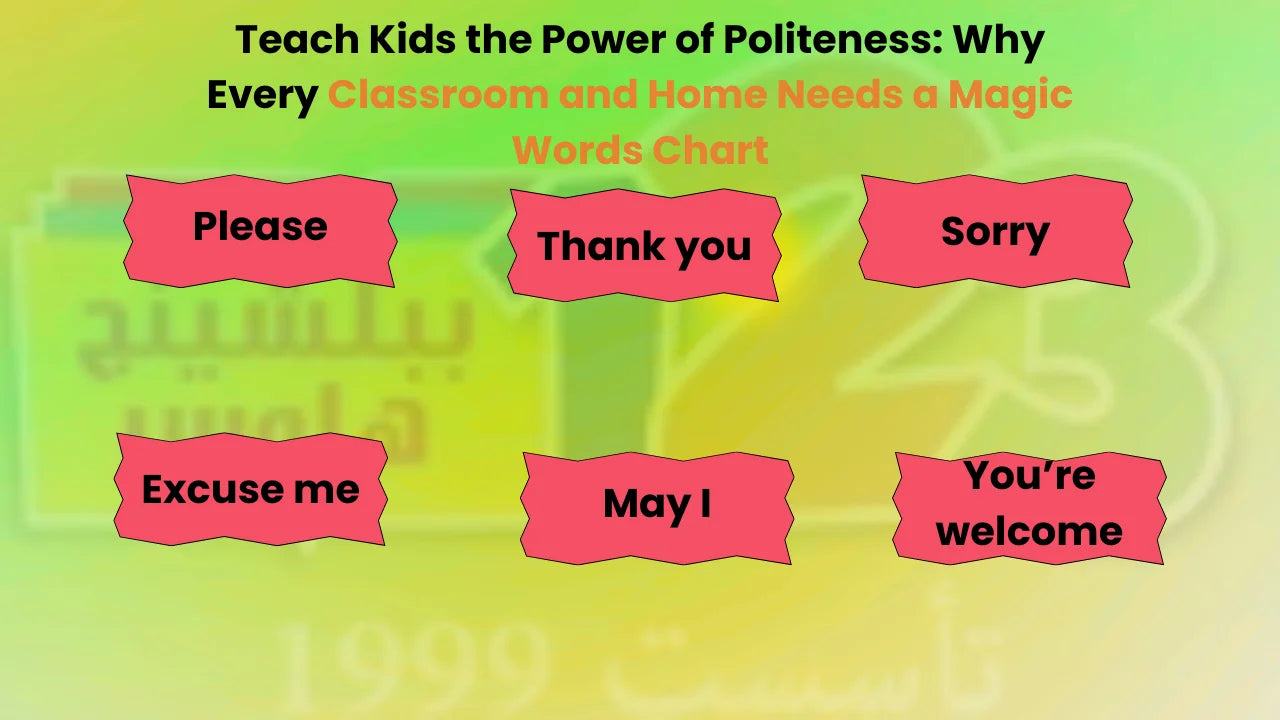

Leave a comment
This site is protected by hCaptcha and the hCaptcha Privacy Policy and Terms of Service apply.